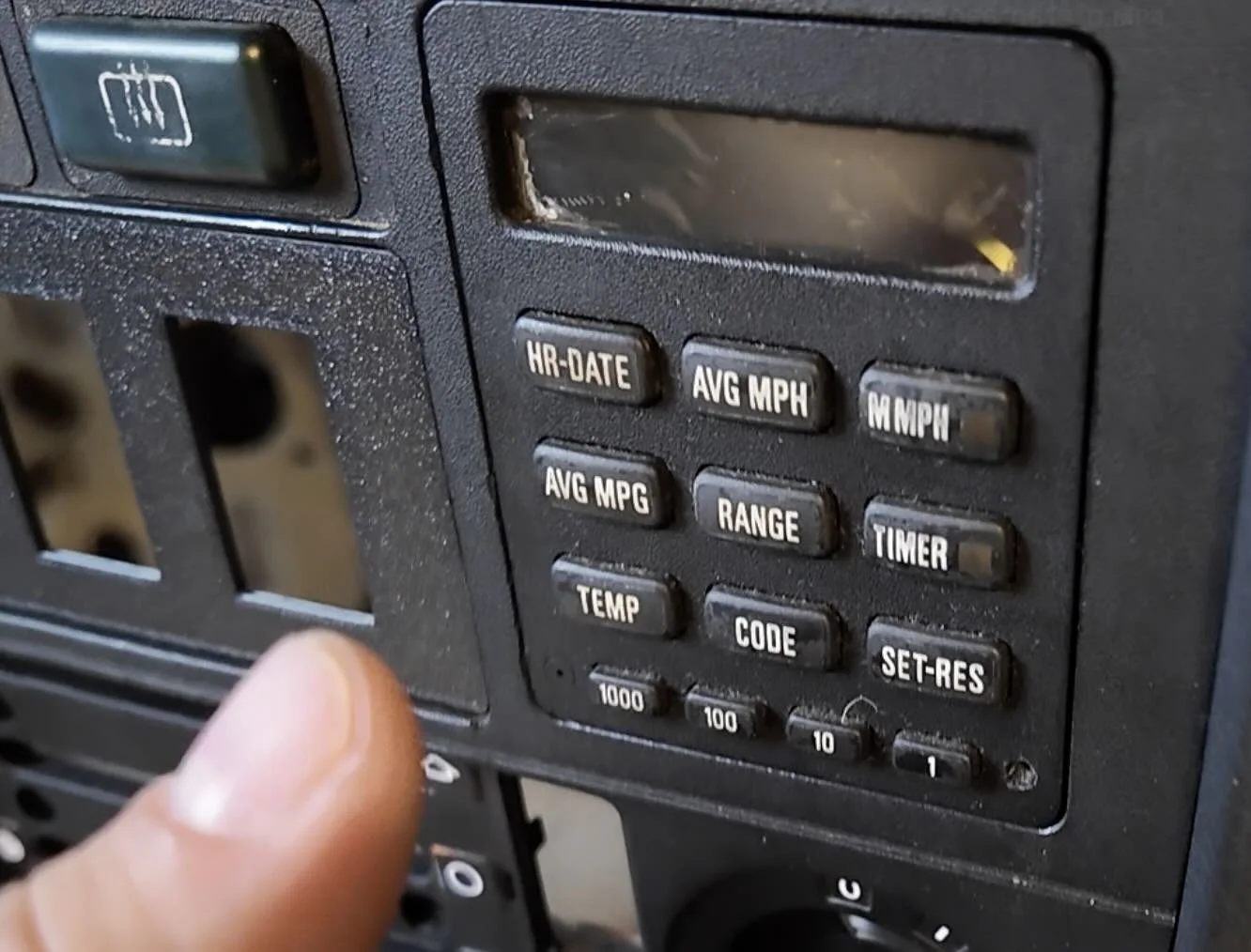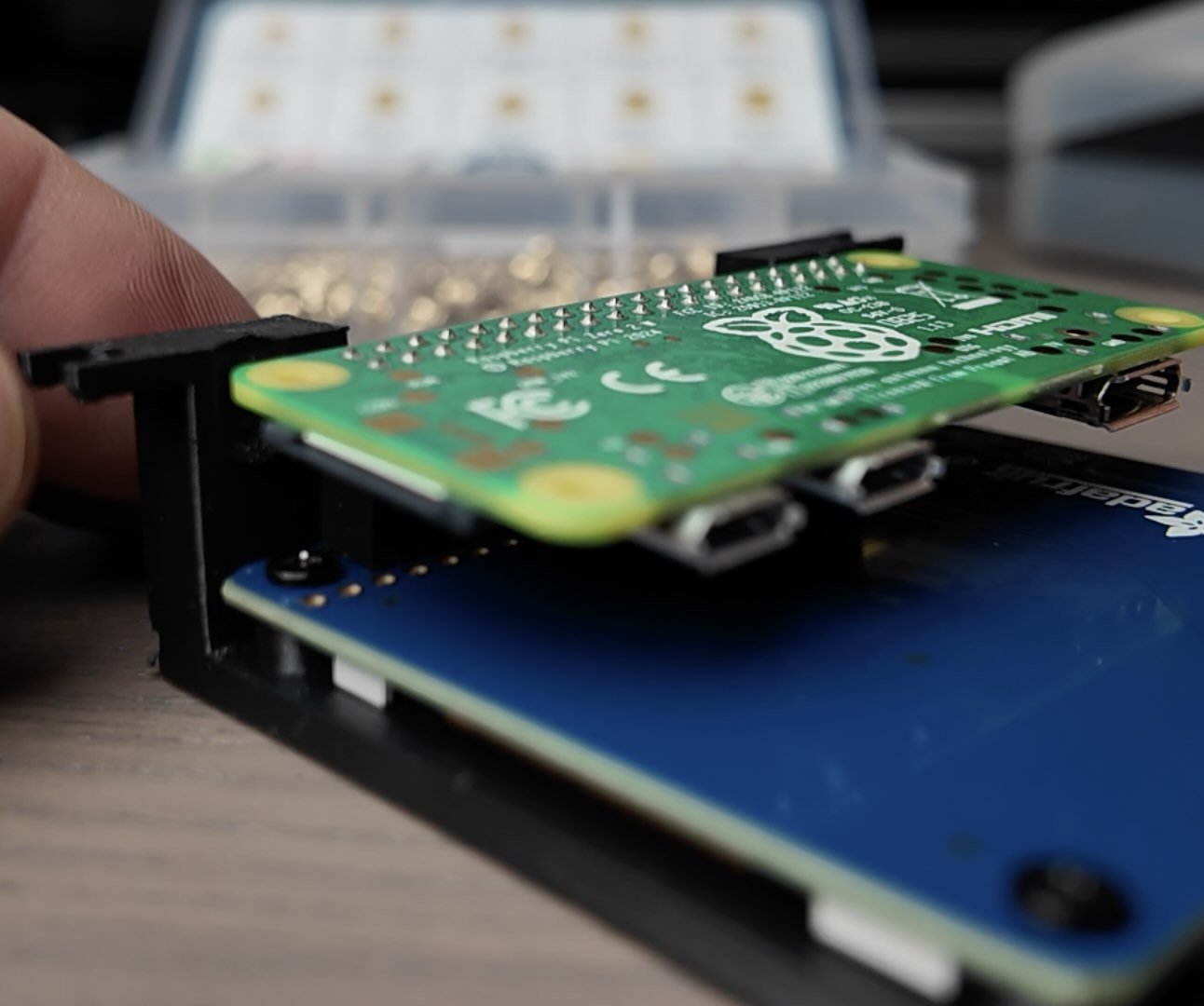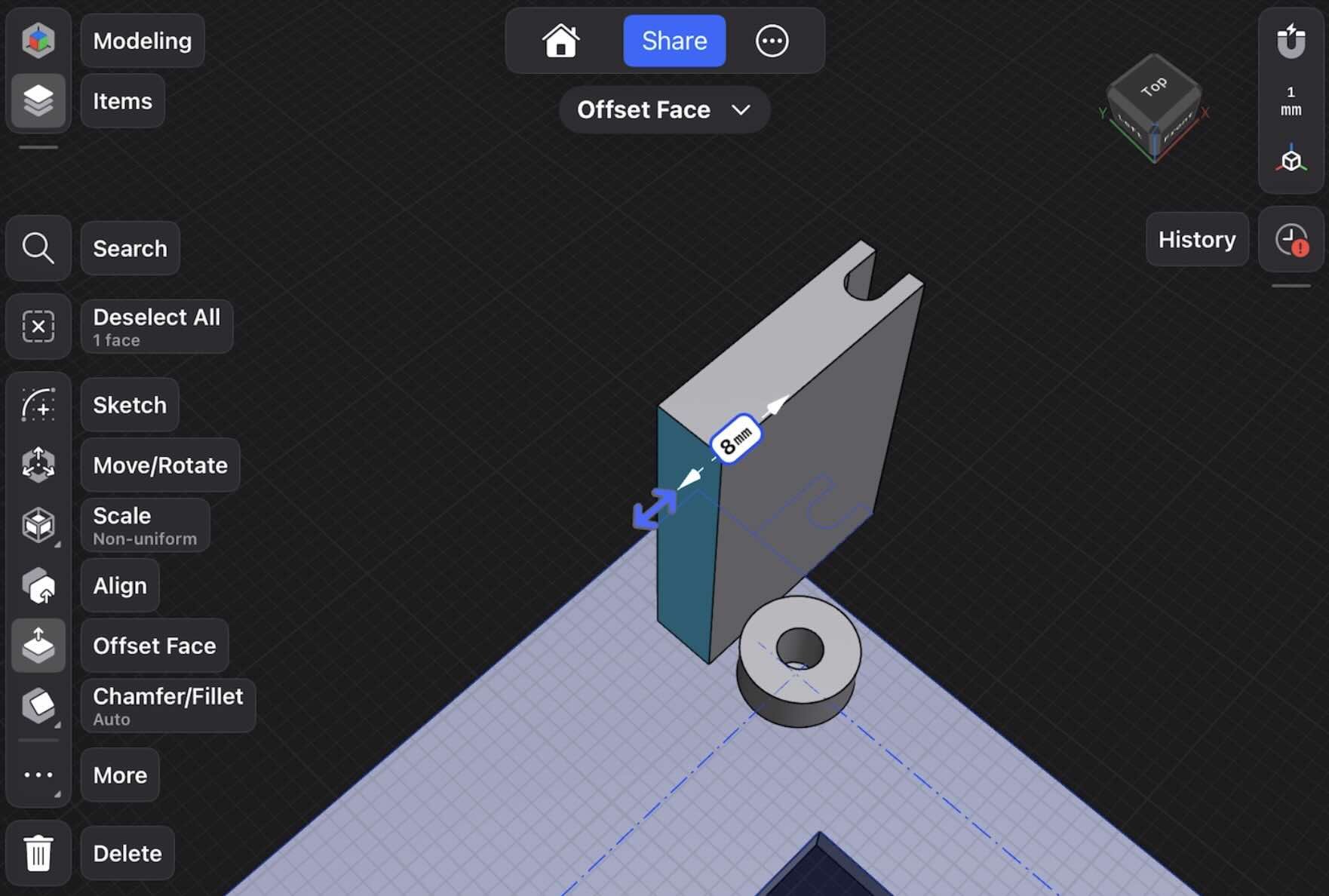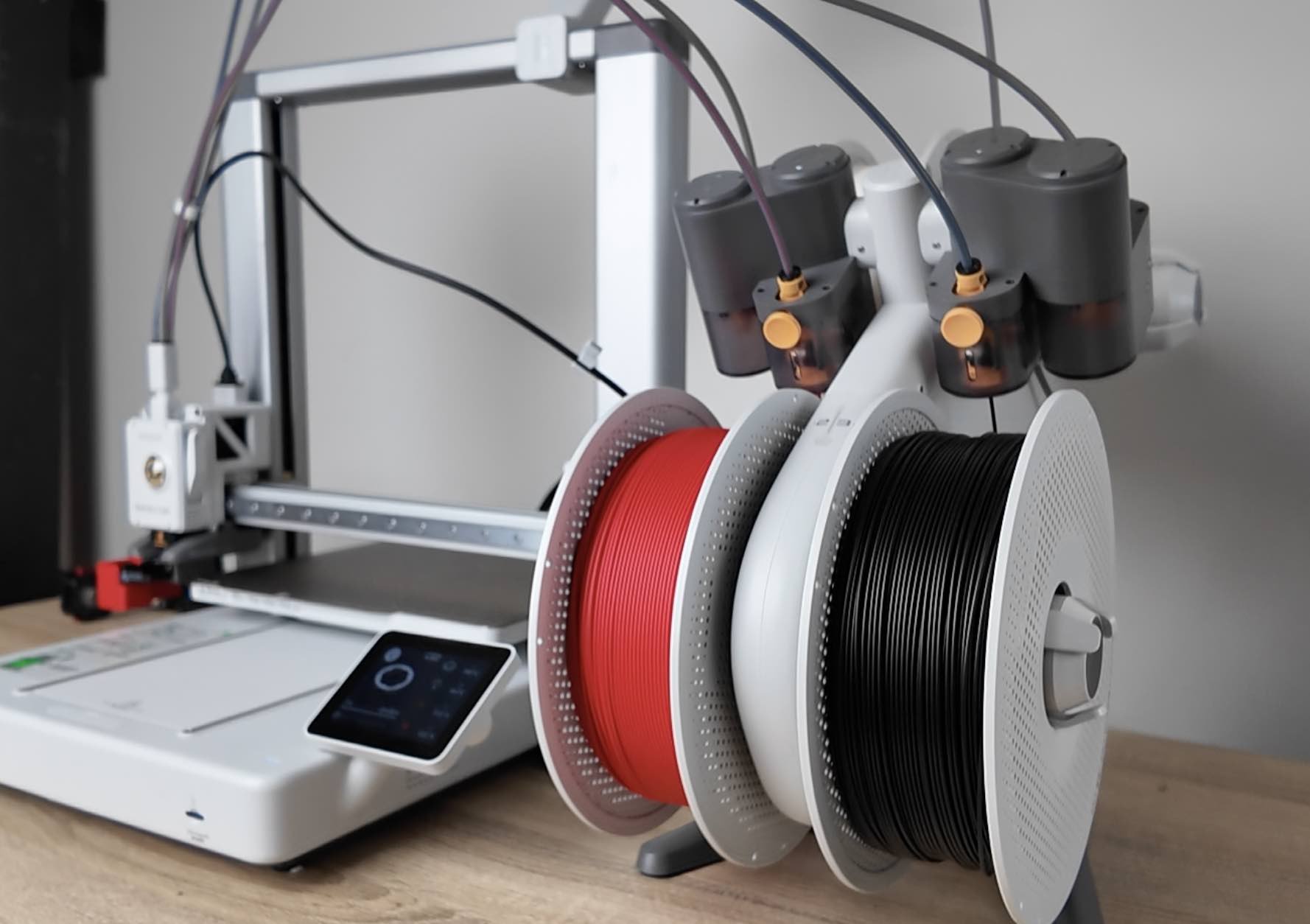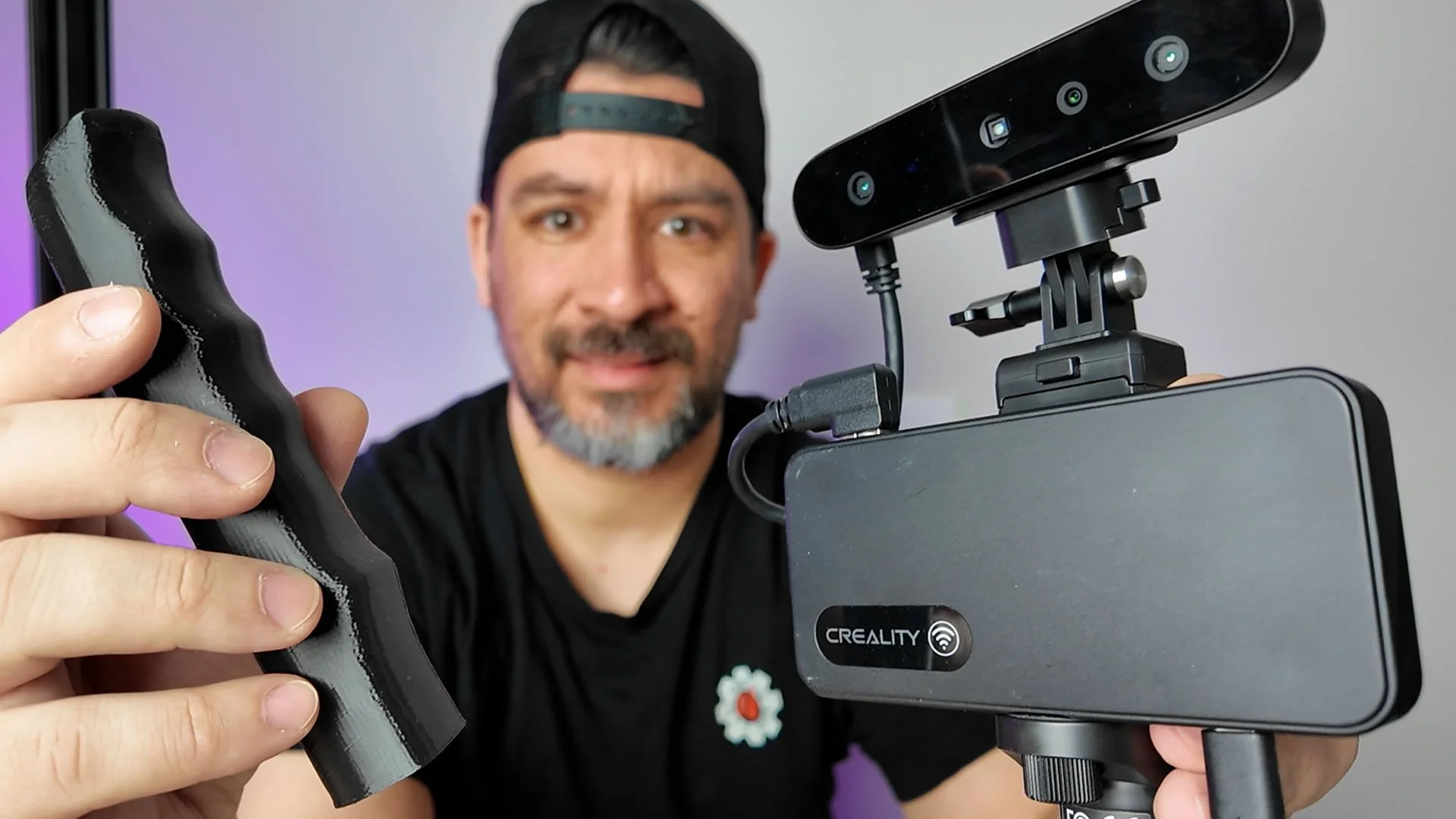RASPBERRY Pi CAR PROJECT - REPLACING CLASSIC BMW OBC
This guide replaces classic car factory displays like the on-board computer (OBC) from BMW with a Raspberry Pi Zero featuring a mini-LCD display, smart ignition power, and a 3D‑printed mount.
If you’ve ever driven a BMW E30 or any classic 80’s car, you probably love the retro charm of its onboard computer (OBC).
But let’s be honest—40-year-old LCD displays and clunky buttons don’t live forever.
That’s why we rebuilt our classic automotive on-board computer with a Raspberry Pi, LCD screen, and a custom 3D-printed faceplate that fits the original slot like a glove.
This Raspberry Pi Car Project guide walks you through exactly how we built a smarter, cleaner, and way more capable version of the original BMW OBC—and how you can do it too.
WHAT PARTS DO YOU NEED?
Here’s the full breakdown of the parts we’re using:




Raspberry Pi Zero 2 W – The compact brain of the car project, handling logic and display
2.2" PiTFT HAT LCD – LCD display and 4-button interface
Custom 3D-Printed E30 OBC Case – Designed to fit the factory OBC slot printed with ASA filament on the Bambu Lab X1C
Witty Pi 4 – Smart power management with DC to DC power converter for 12v car battery to 5v Raspberry Pi
Wires & Connectors – For routing power from the car’s fuse box.
THE 80’s ON-BOARD COMPUTER
The factory OBC on the BMW E30 was groundbreaking for its time. It came in two flavors, a 6 button and 13 button unit with tons of different features. If you are trying to find a replacement OBC unit it can cost hundreds.
Here’s a comparison of features between the stock OBC and Raspberry Pi Car LCD setup:
BMW E30 OBC |
RASPBERRY PI OBC |
| 🕒 Clock | |
|---|---|
| Digital 12/24hr | ✅ Custom digital clock |
| 🌡 Temperature Display | |
| External sensor | ✅ Digital onboard sensor |
| ⏱ Stopwatch / Timer | |
| Lap/countdown modes | ✅ Modern stopwatch |
| ⛽️ Range / Fuel Consumption | |
| Yes (13-button version only) | 🔜 Future update |
| 🔐 Code / Lock Function | |
| Yes – ignition disable code | ❌ Not included |
| 🌍 Language Options | |
| English/German | ✅ Fully customizable |
| 💡 Backlight / Visibility | |
| Dim Fixed Color LCD | ✅ Bright TFT LCD |
| 🔘 Button Interface | |
| 6 or 13 Membrane buttons | 4 Tactile push buttons |
| 🚀 Expandability | |
| None | ✅ WiFi, GPS, Bluetooth, more |
| 🛠 Repairability | |
| Hard to repair, rare parts | ✅ Easy to repair/modular |
Our goal? Create a drop-in replacement that mounts up to the old OBC screw holes
Match the stock look with ASA 3d printed filament
Displays real-time temperature, clock, and lap time functions.
Power on/off automatically with the car’s ignition
Runs on Raspberry Pi Zero 2 W
The best part? You don’t need to rewire your whole car or hack the dash apart.
HOW IT WORKS
This Raspberry Pi car project hinges on a few key principles:
The Brains: The Raspberry Pi Zero 2w connects to the 2.2” PiTFT display using the GPIO header running Raspberry Pi OS Lite Bookworm.
LCD & Buttons: The 2.2" PiTFT display fits cleanly behind a smoked acrylic lens. Four tactile buttons trigger different options—just like the original.
Smart Power: The Witty Pi 4 connects to the PiTFT and Raspberry Pi Zero. It can sense voltage bump (from ~12.6V to 13.8V) when the car starts, automatically booting the Pi. When the engine shuts off, it initiates a safe shutdown based on the voltage drop.
Compact Build: The 3D-printed case is modeled to slide right into the E30’s OBC slot using the same mounting points.
Custom Software: The TFT screen is setup using console mode which you can find directions on Adafruit here. There’s also a lightweight Python-based UI built by feeding the adafruit user guide into chatGPT and having it create a basic script.
Future updates with a modular Raspberry Pi can include features like:
GPS sync
voltage monitoring
MPG
Or other sensor add-ons.
The case was designed and built with Shapr3d CAD software using an iPAD and Apple Pencil.
You can download the Shapr3d BMW OBC e30 file here and modify it to your hearts content.
For the basics on how to use Shapr3d CAD go here or check out the full workshop on making your ideas come to life below👇
LEARN CUSTOM CAR PART DESIGN HERE
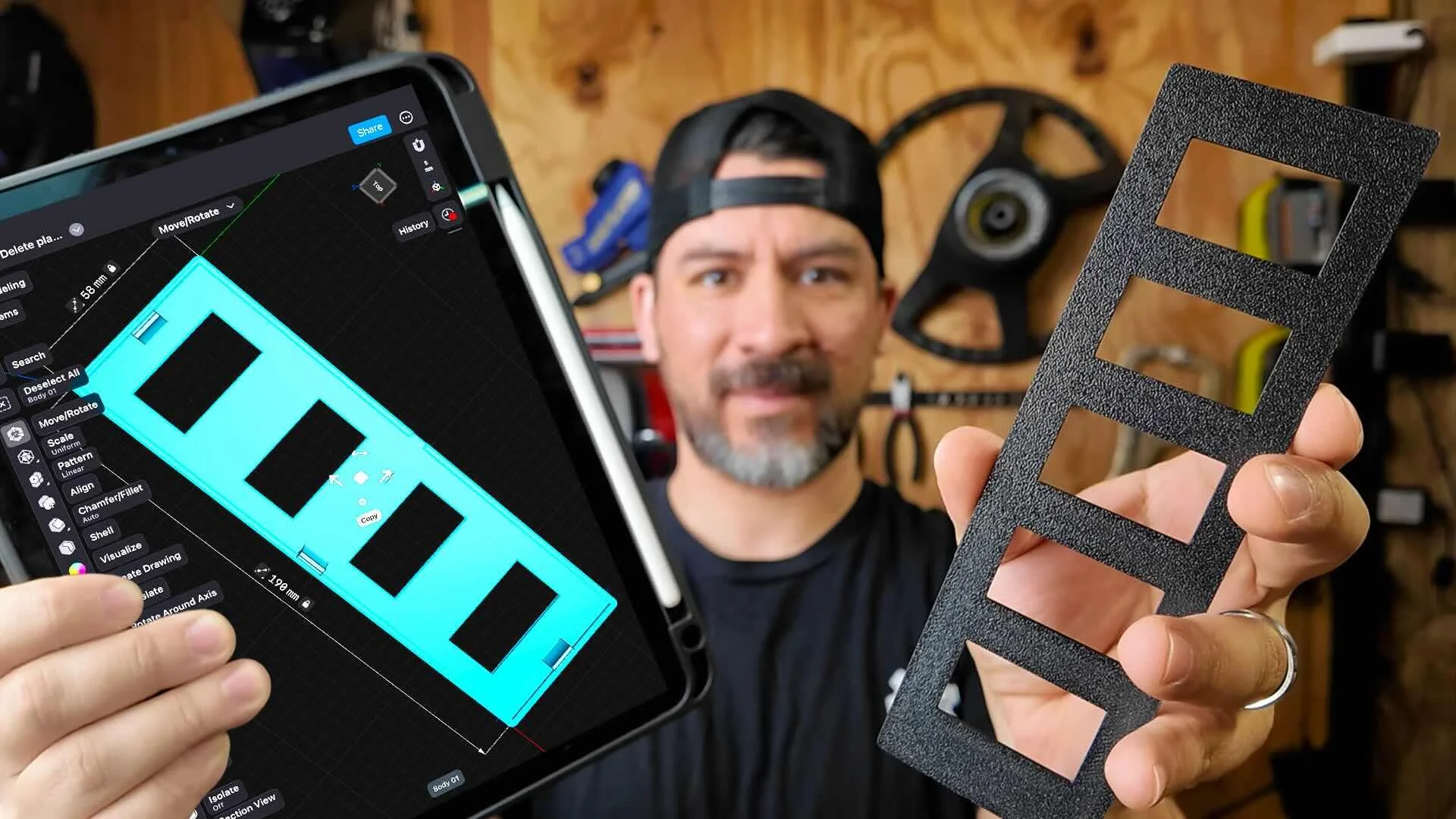
Money Back Guarantee • Risk Free
NEED HELP PICKING A 3D PRINTER?
USE THE 3D PRINTER SELECTOR TOOL BELOW

